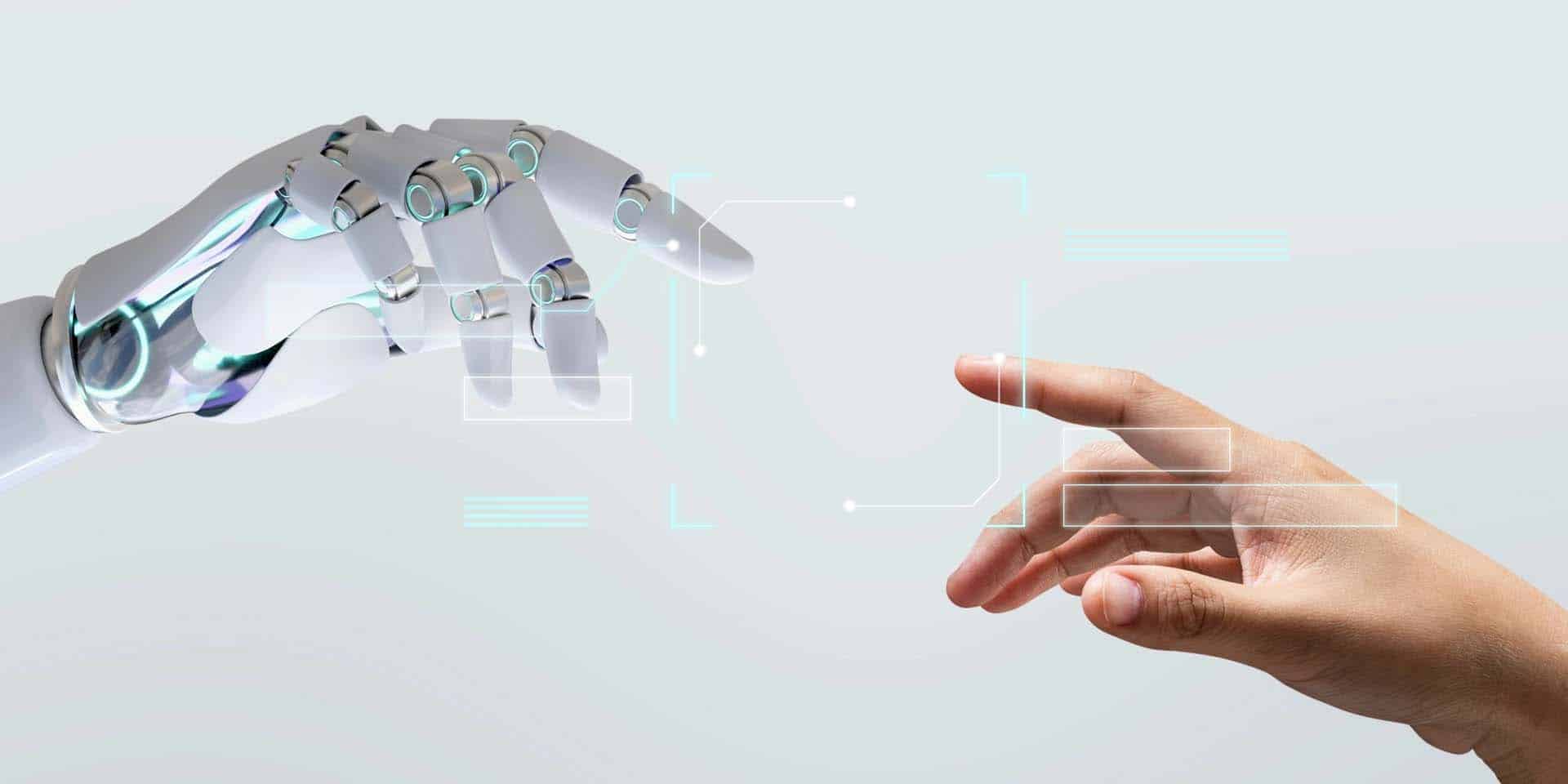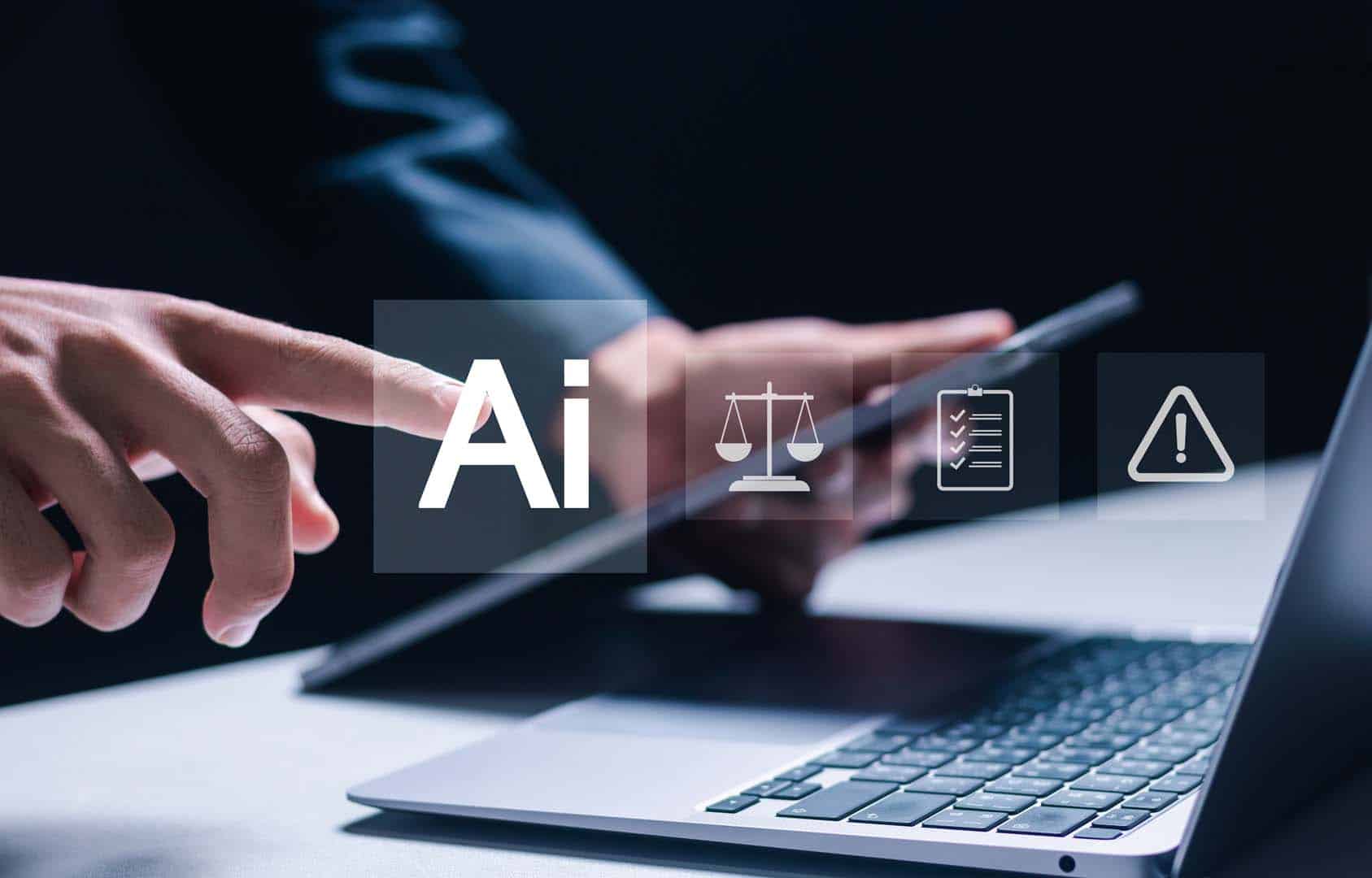
Automation vs. human touch: finding the right balance
Automation has revolutionised how businesses operate, offering benefits impossible to ignore. Here are some key advantages.
Automation is increasingly embedded in every aspect of our personal and professional lives. It’s more than just a buzzword, it’s a driving force reshaping industries and redefining workflows across the world. Whether it’s automated customer service chatbots or AI-driven analytics, a critical question emerges: How do we balance automation with the irreplaceable value of human touch?
The Rise of Automation: Benefits and Challenges
Automation has revolutionised how businesses operate, offering benefits impossible to ignore. Here are some key advantages:
Consistency and Accuracy: Unlike humans, who can be prone to mistakes, automation ensures a consistent approach and standard of accuracy. This is particularly valuable in data-reliant sectors like finance, healthcare, and manufacturing, where precision is crucial.
Efficiency and Productivity: Automated processes can handle repetitive tasks at lightning speed, freeing up time for more strategic and creative work. This leads to greater productivity and streamlines operations, particularly in areas like routine system admin and customer service.
Cost Savings: By reducing the need for manual labour in repetitive tasks, businesses can cut down on operational costs. Also, automated systems can run around the clock without breaks, increasing output, reducing costs, and allowing the team to sleep!
However, these benefits each come with their own set of challenges:
No personal touch: Automation, while efficient, can feel impersonal. For example, automated customer service responses may not capture the essence of a customer’s issue, resulting in a frustrating experience.
Job Displacement: There’s no denying that automation can replace certain jobs, particularly those involving repetitive tasks. This raises concerns about job security and the future of work for millions of people worldwide.
Dependence on Technology: Over-reliance on automation can make organisations vulnerable to system failures, security breaches, or technological glitches of significant impact.
Perception of Risk: A routine automated task actioned against one set of data could have a significantly different risk profile to the same routine being actioned upon a different set.
Getting the Rules Right: Automation is reliant on a predefined set of policies to execute its tasks. If these policies are incorrect or unintended then the associated automated task will produce consistently incorrect or unintended outcomes.
The Irreplaceable Value of Human Touch
While automation offers substantial benefits, there’s a reason human interaction remains poignant. Here’s why:
Emotional Intelligence and Empathy: Human interactions are characterised by empathy, understanding, and emotional intelligence — qualities that machines cannot replicate. Whether it’s resolving a customer complaint, providing healthcare, or mentoring an employee, the human touch adds value that is inherently emotional and contextual.
Creative Problem Solving: Machines are excellent at following pre-set rules, but they lack the creativity and adaptability needed to solve novel problems. Humans can think outside the box, consider multiple perspectives, and innovate in ways that machines simply cannot.
Building Trust and Relationships: In all industries, trust is the bedrock of success. Building and maintaining trust often requires a personal touch, a human face, and genuine interpersonal interactions that automation cannot provide.
Striking the Right Balance
To simultaneously leverage the benefits of automation and preserve the human touch lies in finding the right balance. Here are some strategies to achieve this:
Use Automation for Repetitive Tasks: Automation is best suited for repetitive, rule-based tasks that do not require a personal touch. For example, Applicable’s automation services can take on all your routine Microsoft 365 user and system administration tasks, allowing your IT staff to focus on more complex, value-driven tasks.
Invest in Training and Development: As automation becomes more prevalent, it’s crucial to invest in the continuous training and development of employees. Encourage them to learn new skills that can bring satisfaction to the individual and add value to the organisation.
Focus on the Customer Experience: When it comes to customer service, a hybrid approach works best. Use automation for initial inquiries or routine requests but make it easy for customers to escalate to a human representative when needed. This provides efficiency without sacrificing that personalised experience customers often seek.
Maintain Human Oversight: Even with the most sophisticated automation tools, human oversight remains essential. Automated processes must be monitored to ensure that consistent and accurate outcomes are achieved without compromise. Humans should be ready to step in whenever automated systems fail, require updating, or when a situation demands a more nuanced, empathetic approach.
Conclusion
The debate between automation and the human touch isn’t about choosing one over the other; it’s about finding a harmonious blend of both.
Automation can drive efficiency and cut costs, but it cannot replace the empathy, creativity, and nuanced understanding that humans bring to the table. By strategically integrating automation while preserving those human elements, businesses can create a future where technology and humanity coexist, complementing each other’s strengths.
As we move forward, the challenge will be to continue refining this balance, ensuring that automation and the human touch work together to deliver the highest value possible.
At Applicable, we understand this need for balance. Leveraging our Microsoft 365 Automated solutions will allow your organisation to fulfil over 80% of routine system administration tasks, delivering those efficiencies and cost savings that are so crucial. Our solutions are constantly evolving in order to meet the evergreen nature of Microsoft 365.
All this is augmented by customer-focused Microsoft 365 Certified expert systems engineers to help you with those more nuanced requests. Our team of Microsoft 365 Certified expert Consultants can work with you to plan, design and execute your technology roadmap for the future.
In summary, Automation alone is not the solution – Automation done correctly, the Applicable way, is.


